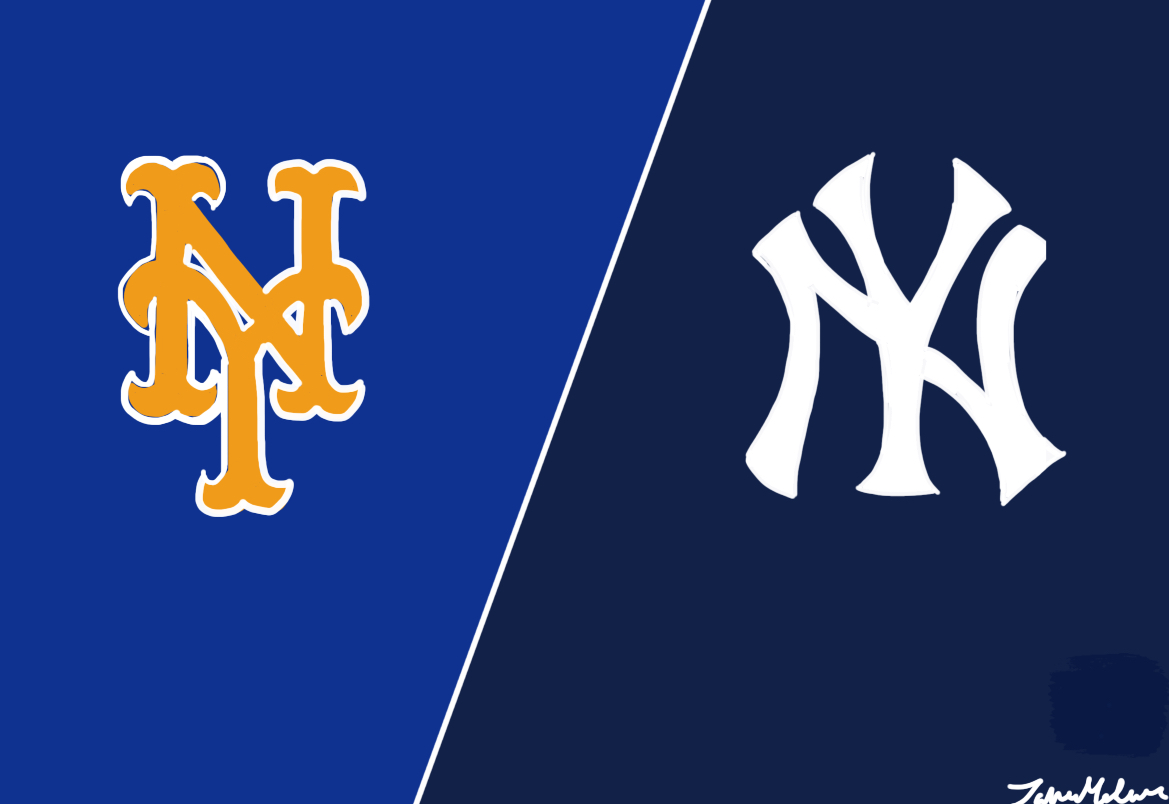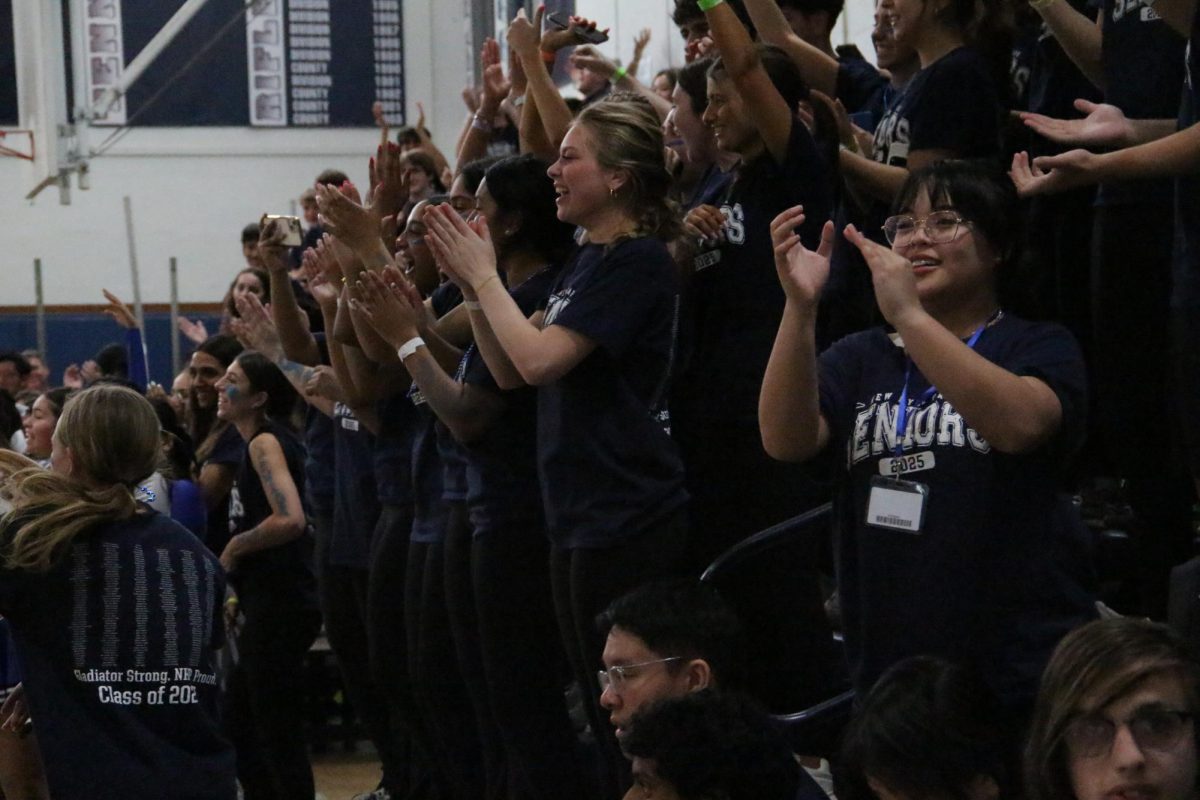During the Apple Event in September 2023, the global tech giant unveiled the iPhone 15. Though many new features and redesigns were included in this model, some of the most sweeping changes recently introduced to the Apple catalog regarded the phone’s charger. Furthermore, the arrival of Apple’s highly anticipated virtual reality headset has been garnering significant attention.
USB-C ports have become increasingly popular among personal devices due to their fast data transfer speeds and support for a wide range of technology standards. This allows them to seamlessly connect between various different device types, including phones and laptops. Apple had long opted for lightning chargers, which were proprietary and designed exclusively for Apple products, instead of the more universal USB-C. However, starting from the iPhone 15 line, all iPhones will move away from using Apple’s proprietary Lightning charger in favor of USB-C.
“I like that the new USB-C cables are more universal, so I can use the same cable to charge multiple devices. Also, they are far cheaper than Lightning chargers,” junior Nikhil Mathew said.
In September 2021, the European Commission introduced binding rules which mandated the use of USB-C in certain types of devices, including smartphones. This decision was made citing consumer convenience and reduced waste from chargers. This was ultimately what forced Apple to change the ports of its smartphones. Since 2009, the EU has been attempting to create a more universal solution to charging devices. In the past, Apple argued that such a switch would hinder innovation which would outweigh the potential environmental benefits. However, Apple’s compliance with these new regulations marks a huge step toward reaching the EU’s goals for consumers.
To ensure compatibility with older devices, Apple developed a USB-C to Lightning Adapter that allows users to connect their Lightning accessories to USB-C iPhone or iPad to transfer data or charge with the same cable. Despite these changes aimed at reducing charger clutter, the abrupt switch in charging technology on Apple devices has been met with mixed opinions at NHP.
“Although the switch from Apple Lightning chargers to USB-C chargers reduces waste and is more universal, most people don’t have iPhone 15s and still use the Lightning charger,” junior Derek Yang said.
Another recent development in the company which has garnered significant attention is Apple’s new investment into virtual reality. On January 8, the Apple Vision Pro was announced for launch in February. The Apple Vision Pro resembles other recently released VR headsets like the Meta Quest 3, developed by Facebook’s parent company, but promises better quality and performance. The headset is designed to blend Apple’s digital interfaces with physical space, allowing users to control actions using nothing but their hands, eyes, and voice.
Following its release, the Apple Vision Pro showcased what the future of digital content may look like. As of now, over 600 apps are supported by the headset’s operating system. However, there remain concerns among consumers and developers alike amid the device’s infancy. The Vision Pro is one of Apple’s most expensive flagship products at a price point of $3,500. Despite the product’s initial hype, this price point may be hindering sales, as approximately 350,000 headsets are projected to be sold this year, compared to the roughly 200 million iPhones sold annually. Unlike other headsets, the Apple Vision Pro doesn’t have its battery attached to the device, instead the battery has to sit beside the user, connected to a cable. Concerns have also been raised over the legality and, more importantly, safety of using the device for everyday tasks, such as driving.
“I think it would be cool to try the Apple Vision Pro, but I don’t think it is worth paying $3,500 for. It could impair your awareness which can be dangerous if it is used while driving or just walking,” senior Rayan Dewan said.













![”[Billie Eilish] truly was made to be a performer and I hope everyone has a chance to see such an amazing show,” junior Nyelle Sarreal said.](https://nhpchariotonline.com/wp-content/uploads/2025/06/IMG_1108-e1749239774437-1200x860.jpeg)


















